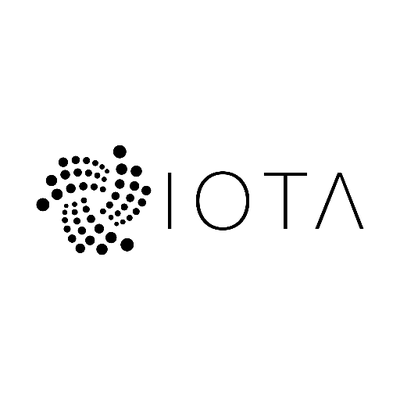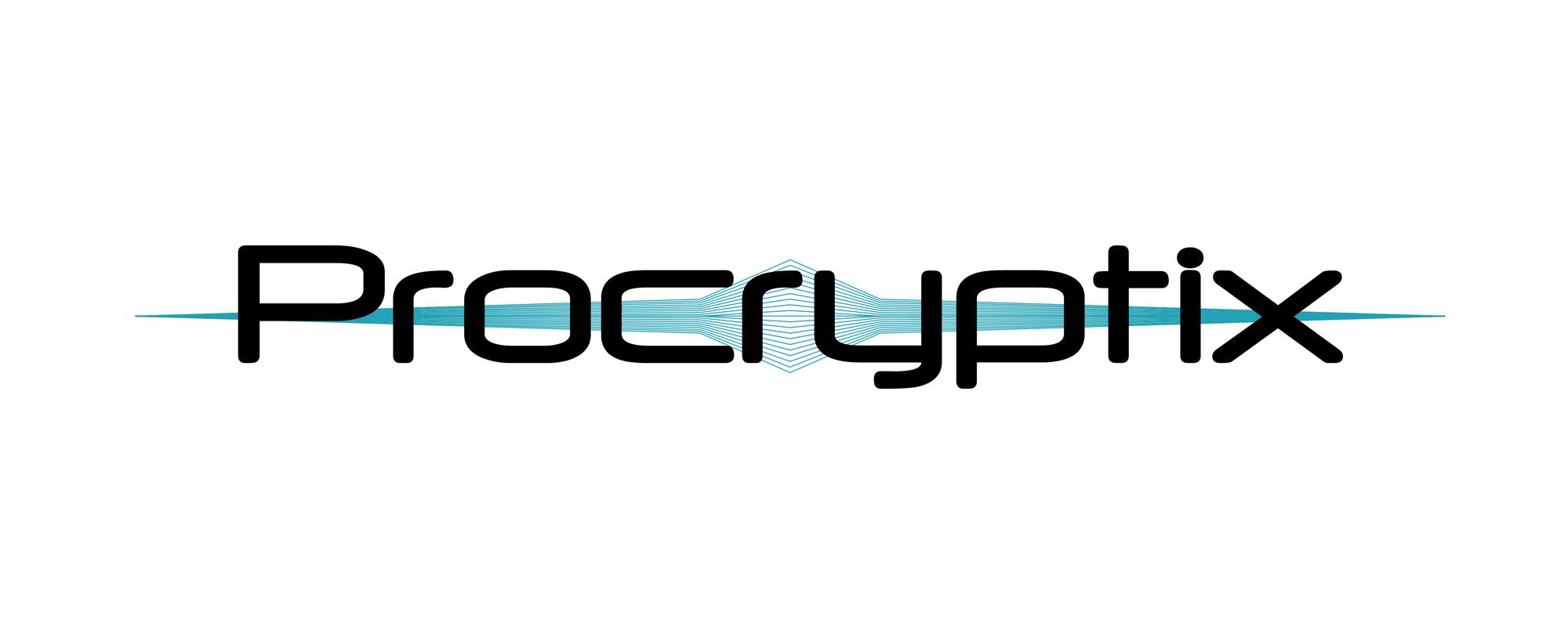A Brief Introduction To IOTA

The Machine Economy. M2M. IoT. Wut? These are all relatively new terms not commonly known outside of the technosphere, but they are going to have a significant impact on you and societies around the world in the near future. In general, they describe systems where connected devices communicate with each other sans human intervention. As the world becomes more connected, it’s inevitable that our devices, even our dumb appliances, are going to also become connected. Refrigerators will update your shopping list automatically. Bicycles for rent will charge by the minute. You’ll pay for public wi-fi as you hop node to node. Cars will communicate with each other to prevent collisions. Roaming drones will compete for your business to deliver your package across town. Medical equipment will talk to nurses, doctors, and service technicians. This isn’t even scratching the surface of what the Machine Economy is capable of. While some of these are happening to some extent now, what they lack is a common platform. IOTA aims to change that.
IOTA as a platform is both a protocol and a currency. It’s a way for connected devices to talk to each other in a common language and to convey and transmit value. IOTA does this through a new type of network called a Directed Acyclic Graph (DAG), commonly called a tangle. A DAG is fundamentally different than a blockchain in that it’s not a linear chain and there are no blocks, but rather a mesh network. The way a blockchain works is that a pair of addresses that want to transmit a message to each other must connect to a node. The node validates the transaction and forwards it to the miners so they can permanently record it on the blockchain. While this is a very powerful and reliable type of network, it doesn’t scale particularly well as transactions have to be processed sequentially and are therefore bottlenecked by the speed that the blockchain can be written. There are a number of solutions being developed, including off chain payment channels like the Lightning Network, increasing block sizes such as what Bitcoin Cash does, or how Dash uses Masternodes to instantly validate transactions. While these solutions may work, they don’t change the fact that blockchains don’t natively scale well. The tangle on the other hand was designed from the ground up to not only scale, but to actually get faster as demand on the network increases. The way it does this is that instead of nodes and miners validating and recording transactions, each device attempting a new transaction in the tangle must first validate two prior transactions. Because of this set up, the more new transactions attaching themselves to the tangle, the more transactions get validated, thus increasing the speed of the network as demand increases. As in all things, this system is not perfect. For a device to interact with the IOTA network, IOTA technology must be hard coded into the device’s CPU, which prevents existing devices to join the tangle. This change in the CPU structure, however, is not hard to implement nor is it expensive, and there are several global companies already committed to implementing IOTA technology. Another issue with the IOTA network is that addresses cannot be reused; however they are working on developing aliases as a workaround.
If you’ve been following bitcoin in any manner, you should be well aware that the cost of transacting has reached levels that preclude bitcoin from servicing micro and nano transactions. Why would you pay $2+ dollars to send a penny or less? With the tangle, since the devices in use do the verifications, not miners, there are no fees to use the network. This fee-less system allows us the capability of instant micropayments, which in turn opens up a whole new economy. One of the reasons that transaction fees are needed in blockchain based systems is to prevent the spamming of the network but since the tangle gets faster with more demand, spam is no longer a problem and actually strengthens the network and therefore there is no need to disincentivize network spammers with fees.
A controversial aspect of IOTA is Curl, the cryptography solution they employed. It’s controversial because the IOTA team developed this system on their own instead of using a well tested and approved cryptographic system. Recently a research team came out claiming that Curl was not robust enough as they were able to create collisions which in turn allowed them to forge transaction signatures. However, the research team also said that the vulnerabilities have been addressed are not a part of the current Curl implementation. In response, the IOTA team claims that the vulnerabilities were not applicable in the real world and there never was any danger. While cryptography is well beyond my skillset, I believe that IOTA has addressed these claims adequately. Ultimately though, it’s up to you to determine if Curl and the IOTA team are up to par.
IOTA development was started in 2015 and the IOTA Foundation was established in Berlin, Germany in 2017.The founding IOTA team consists of David Sønstebø, Dominik Schiener, Sergey Ivancheglo, and Dr. Serguei Popov. From what I can gather, these men are all highly respected in their field and more top tier talent is regularly being added to the team. The team maintains a regularly updated blog that you can follow to stay up to date with the development of IOTA.
Regarding the IOTA token, it was fully premined and distributed via an ICO sale (which the development team received none of unless they put up their own money, just like a regular investor). No new tokens will ever be created or released into the wild. There are 2,779,530,283,277,761 total tokens and while that appears like a lot, since it’s not divisible, it’s actually very close to the total number of bitcoin satoshi’s that will ever be released (a satoshi is the smallest unit of a bitcoin). And since IOTA is designed for microtransactions, a high number of tokens is necessary for transaction liquidity. Currently, the only exchange offering IOTA tokens is Bitfinex, who unfortunately is in the process of ceasing service to US based customers due to the regulatory tyranny of the US banking system. While I don’t advocate doing this, you can probably get around this restriction by using an unverified account and a VPN.
Even within one of the most exciting and transformative spaces in existence right now, IOTA has managed to stand apart by bringing to market one of the most revolutionary technologies in history. When I look for projects to get behind, being a ‘game changer’ is at the top of my check list and IOTA is a game changer. I am very enthusiastic about this project and I am going to enjoy watching it develop.

I believe IOTA will be a big player in the future. The development is still early but and they are just beginning to get major partners like Bosche. I'm one of their biggest fans! Great article!
I have seen people selling IOTA on Ebay, at 1,000,000 / $1. Maybe more outlets will sell them therefore allow people in the US to still own some. Thanks for the info on IOTA.
I think you can buy them p2p on their slack channel too, at least that what I read, I haven't verified that personally.
I can see IOTA being a big player someday, however the DAG/tangle is the real winning technology here. Might be more new platforms developed this way that may out perform IOTA.
Congratulations @procryptix! You have completed some achievement on Steemit and have been rewarded with new badge(s) :
Click on any badge to view your own Board of Honor on SteemitBoard.
For more information about SteemitBoard, click here
If you no longer want to receive notifications, reply to this comment with the word
STOPTerrific explanation! I think IOTA has a big future ahead.